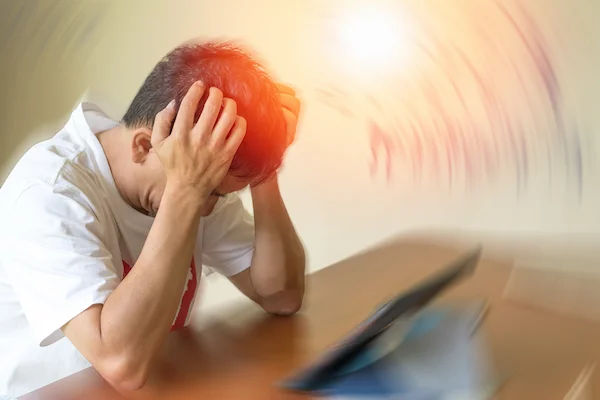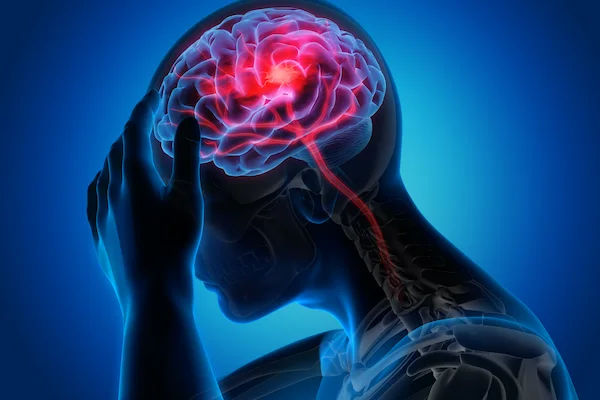Stroke: A Comprehensive Guide to Causes, Symptoms, and Recovery
Know about the stroke, what it is, what the causes are, recognising signs, the FAST acronym, diagnosis, and treatment options.

Written by Dr. Rohinipriyanka Pondugula
Reviewed by Dr. Shaik Abdul Kalam MD (Physician)
Last updated on 13th Oct, 2025
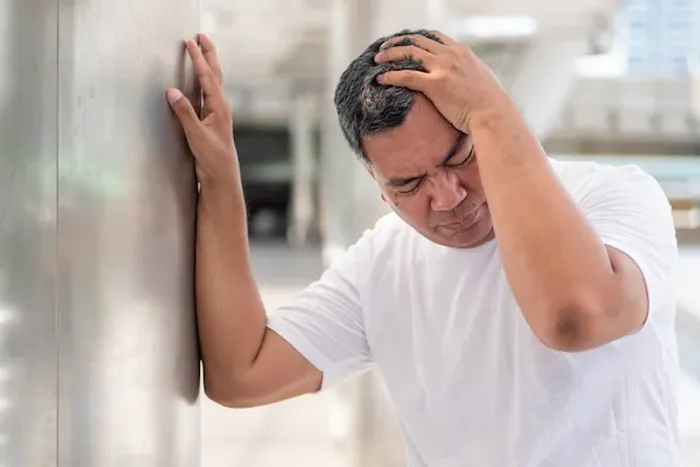
Introduction
A stroke strikes suddenly, like a lightning bolt from a clear sky. In an instant, the brain is starved of oxygen, and every second that passes can mean the difference between a full recovery and permanent disability. It’s a leading cause of death and long-term disability worldwide, but here’s the crucial fact many people miss: stroke is often preventable and always treatable. The key is knowledge and swift action. This guide demystifies stroke, moving beyond the medical jargon to give you a clear, actionable understanding of what it is, how to spot it, and what to do next. Whether you're concerned for yourself or a loved one, understanding the causes, recognising the symptoms using the FAST acronym, and knowing the path to recovery can empower you to act decisively. Let’s dive into what you need to know to protect your brain health.
What is a Stroke? The Brain's Blood Supply Crisis
At its core, a stroke is a disruption of blood flow to a part of the brain. Think of your brain as the body's central command centre, and blood vessels as the vital supply routes delivering oxygen and nutrients. When one of these routes is blocked or bursts, the brain tissue in that area begins to die within minutes. This is a medical emergency, and the type of disruption defines the kind of stroke.
Consult a Top General Practitioner for Personalised Advice
Ischemic Stroke: The Clogged Artery (Approx. 87% of cases)
An ischemic stroke is like a plumbing clog in the brain. It occurs when a blood clot blocks an artery, cutting off blood flow. There are two main ways this happens:
1. Thrombotic Stroke: A clot forms directly in an artery within the brain that has been narrowed by a buildup of plaque (a condition called atherosclerosis).
2. Embolic Stroke: A clot forms elsewhere in the body (often the heart) and travels through the bloodstream until it lodges in a narrower brain artery.
Hemorrhagic Stroke: The Burst Artery (Approx. 13% of cases)
A hemorrhagic stroke is more like a pipe bursting. It happens when a weakened blood vessel in the brain leaks or ruptures. The spilled blood creates pressure and damages brain cells. The two main types are:
Intracerebral Haemorrhage: A vessel within the brain bursts and bleeds into the surrounding tissue.
Subarachnoid Haemorrhage: Bleeding occurs in the space between the brain and the thin tissues that cover it, often due to a ruptured aneurysm (a balloon-like bulge in a blood vessel).
Transient Ischemic Attack (TIA): The Warning Stroke
A TIA, or mini-stroke, produces stroke-like symptoms that typically last only a few minutes and cause no permanent damage. However, a TIA is a critical warning sign. It indicates a high risk of a full-blown stroke in the near future. Ignoring a TIA is one of the biggest mistakes one can make. If you experience any signs of a mini-stroke, even if they fade, it is essential to seek immediate medical evaluation to identify the underlying cause. If symptoms persist beyond two weeks, consult a doctor online with Apollo24|7 for further evaluation.
Don't Hesitate, Act FAST: Recognising Stroke Symptoms
Time lost is brain lost. Recognising the symptoms of a cerebrovascular accident (CVA) is the most critical step in mitigating its damage.
The FAST Acronym: Your On-the-Spot Checklist
FAST is an easy-to-remember tool developed by healthcare professionals:
F - Face Drooping: Ask the person to smile. Does one side of the face droop or is it numb?
A - Arm Weakness: Ask the person to raise both arms. Does one arm drift downward?
S - Speech Difficulty: Ask the person to repeat a simple phrase. Is their speech slurred or strange?
T - Time to call emergency services: If you observe any of these signs, even if they disappear, call for an ambulance immediately. Note the time when symptoms first appeared.
Beyond FAST: Other Common Stroke Symptoms
While FAST covers the major signs, a stroke can present in other ways. Be aware of:
Sudden numbness or weakness in the leg, face, or especially on one side of the body.
Sudden confusion, trouble understanding speech, or difficulty speaking (aphasia).
Sudden trouble seeing in one or both eyes.
Sudden trouble walking, dizziness, loss of balance, or lack of coordination.
Sudden, severe headache with no known cause (often associated with a hemorrhagic stroke).
It's also important to note that stroke symptoms in women vs men can sometimes differ, with women more likely to experience general weakness, disorientation, and fatigue.
The Root Causes: What Leads to a Stroke?
Understanding the risk factors is the first step in stroke prevention.
Key Risk Factors You Can Control
These are lifestyle and medical conditions that can be managed with medical help and healthy choices.
High Blood Pressure: The Silent Culprit
Hypertension is the single most important controllable risk factor for stroke. It damages arteries over time, making them prone to clogging or rupture.
Atrial Fibrillation: The Irregular Heartbeat
AFib increases stroke risk fivefold because it allows blood to pool and clot in the heart.
Diabetes and High Cholesterol
High blood sugar damages blood vessels, while high cholesterol contributes to plaque buildup (atherosclerosis). Managing these conditions is crucial. Apollo24|7 offers convenient home collection for tests like HbA1c to help you monitor diabetes effectively.
Risk Factors You Can't Change
Age: Risk increases after age 55.
Family History: A family history of stroke or TIA increases your risk.
Race: African Americans have a higher risk of death from stroke.
Sex: Women have more strokes and die more from them than men.
Previous Stroke or TIA.
How is a Stroke Diagnosed? The Race Against Time
In the emergency room, doctors must quickly determine the type of stroke to provide the correct treatment. The primary diagnostic tools are:
Physical Exam: Checking for FAST symptoms and neurological function.
CT Scan: A quick brain imaging test that can show bleeding, tumours, or other conditions. It's often the first test done.
MRI: Provides a more detailed view of the brain and can detect ischemic strokes earlier than a CT scan.
Other Tests, Carotid ultrasound, echocardiogram, and blood tests, help find the cause of the stroke.
Immediate Stroke Treatment: Clot-Busting and Beyond
Treatment is hyper-acute and depends entirely on the stroke type.
Treating an Ischemic Stroke
The goal is to restore blood flow immediately.
tPA (Tissue Plasminogen Activator): A "clot-busting" drug that can dissolve the clot causing the stroke. It must be administered within 4.5 hours of symptom onset.
Thrombectomy: A procedure where a doctor threads a catheter to the clot in the brain and physically removes it. This can be effective up to 24 hours after onset for some patients.
Treating a Hemorrhagic Stroke
The goal is to control bleeding and reduce pressure on the brain.
Medications to lower blood pressure and prevent seizures.
Surgery may be needed to repair broken blood vessels or remove pooled blood.
The Road to Recovery: Rehabilitation and Life After Stroke
Recovery is a marathon, not a sprint. Rehabilitation begins in the hospital and continues for months or years.
The Role of Physical, Occupational, and Speech Therapy
Physical Therapy helps relearn movement and coordination.
Occupational Therapy focuses on regaining skills for daily living (eating, dressing).
Speech Therapy helps with communication problems and swallowing difficulties.
Managing Emotional and Cognitive Changes
Stroke can cause depression, anxiety, and personality changes. Support from mental health professionals, family, and support groups is vital for holistic recovery.
Conclusion: Knowledge is Power in the Fight Against Stroke
A stroke is a daunting event, but it is not an inevitability. By understanding the causes of a stroke, being able to spot its symptoms with lightning speed using the FAST test, and committing to a brain-healthy lifestyle, you hold significant power to protect yourself and your loved ones. Remember, recovery is a journey that requires patience, perseverance, and professional support. Whether you are focused on prevention, are in the midst of recovery, or are a caregiver, the most important step is to stay informed and proactive. Your brain is your most precious asset—guard it wisely.
Consult a Top General Practitioner for Personalised Advice
Consult a Top General Practitioner for Personalised Advice

Dr. Mainak Baksi
General Practitioner
13 Years • MBBS , MD (MPH)
Howrah
Mainak Baksi Clinic, Howrah
(50+ Patients)
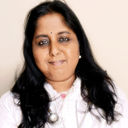
Dr. Vasanthasree Nair
General Practitioner
15 Years • MBBS
Angamaly
Apollo 24|7 Clinic - Kerala, Angamaly
(500+ Patients)

Dr. Shesham Srinidhi
General Practitioner
5 Years • MD(physician)
Hyderabad
Apollo 24|7 Clinic, Hyderabad
(150+ Patients)
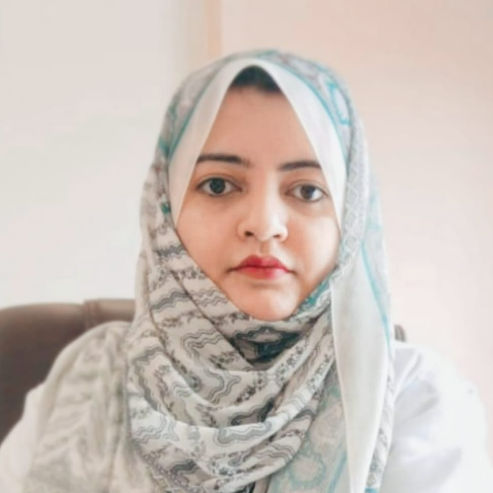
Dr Summaiya Banu
General Practitioner
8 Years • MBBS
Hyderabad
Apollo 24|7 Clinic, Hyderabad
(225+ Patients)
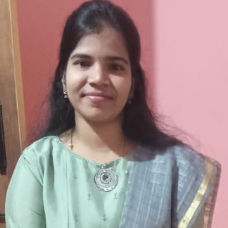
Dr Suseela
General Physician
5 Years • MBBS
Bengaluru
Apollo Medical Center, Marathahalli, Bengaluru
More articles from Stroke
Frequently Asked Questions
1. What is the difference between a stroke and a heart attack?
A heart attack is a blockage of blood flow to the heart muscle. A stroke is a blockage or bleed affecting the brain. Both are medical emergencies caused by problems with blood vessels.
2. Can young people have strokes?
Yes. While risk increases with age, strokes can occur at any age, including in children. Factors like congenital heart defects, clotting disorders, substance abuse, and uncontrolled high blood pressure can lead to stroke in young adults.
3. What are the long-term effects of a stroke on the brain?
Long-term effects depend on the stroke's severity and location. They can include paralysis or weakness on one side of the body (hemiparesis), difficulty speaking or understanding language, memory problems, vision issues, and emotional challenges.
4. How can I prevent a second stroke?
Preventing a second stroke is critical. It involves strict management of risk factors through medication (as prescribed), a healthy lifestyle, regular follow-ups with your doctor, and possibly carotid artery surgery if needed.
5. What is the life expectancy after a major stroke?
This varies greatly. Many people live for decades after a stroke. Life expectancy is influenced by the stroke's severity, the person's age, overall health, and the quality of post-stroke care and rehabilitation
